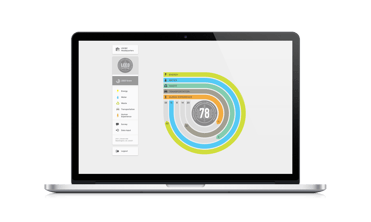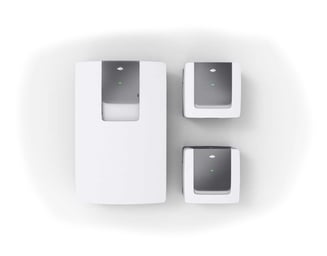Buildings have a considerable impact on the environment, using energy and other resources while generating potentially harmful waste. To reduce the impact of buildings on the environment, green building standards for sustainable design are now in practice. These standards detail requirements for designing, constructing, and operating buildings in a way that uses fewer resources and produces less waste.
Green building practices continue to be developed and are becoming more popular as sustainability concerns rise. If green building standards were to be adopted on a widespread basis, their effect could change the building industry for the better.
LEED Certification
A building constructed with green standards in mind can then receive green building certification. A space can be green if not certified, but there are tangible benefits that come with green building certification. One of the most widely used green building rating systems for certification is LEED. LEED stands for Leadership in Energy and Environmental Design. It is an internationally recognized green building rating system that verifies construction used environmentally sustainable strategies.
Beyond being sustainable and environmentally conscious, LEED certification has tangible  advantages:
advantages:
- State and local tax incentives and rebates
- Lower insurance premiums
- Higher property values
- Saving money on utility costs
- Higher resale
Meeting LEED Requirements
One of the most important factors LEED considers when certifying buildings is energy consumption and the ability to track usage to identify potential energy savings. Most conventional buildings have simple meters provided by the utility company; however, more robust and precise monitoring is required to meet the standards for advanced LEED certification. Any new build or renovation project looking to be LEED certified needs power meters and/or submeters to monitor building-level energy consumption and establish a baseline. Individual energy uses must be submetered if they make up 10% or more of the building's annual energy consumption.
To meet a minimum certification threshold, data needs to be logged manually from the utility's meter every month. To meet the advanced certification threshold, multiple energy usage parameters must be monitored so data can be segmented. Meeting these advanced requirements for LEED certification necessitates precision beyond the data manually logged from the utility's meter. For these advanced requirements, a user owned power meter must:
- Be permanently installed, record at intervals of one hour or less, and transmit data to a remote location
- Record both consumption and demand, and power-factor if appropriate
- Use a local area network, building automation system, wireless network, or comparable communication infrastructure for the data collection system
- Have a data collection system capable of storing all meter data for at least 36 months
- Have remotely accessible data
- Have all meters capable of reporting hourly, daily, monthly, and annual energy use
Going Green with Setra's Power Meter

Setra's Power Meter is a networked meter built on a versatile and powerful platform designed to meet the demands of any submetering application. All versions are field configurable for standard or Rogowski style current transformers for measuring both low and high amperage. The on-board web portal allows for safe pre-configuration of all parameters before, during, and after the meter has been installed. The web portal also offers powerful analytics and installation tools directly through the USB or communication connection. Multi-load monitoring provides the granularity needed to manage usage at a load level and encourage energy savings. Every version of the Power Meter comes standard with data logging capabilities, allowing the user access to the data on the meter for up to 62 days using the web portal software.



